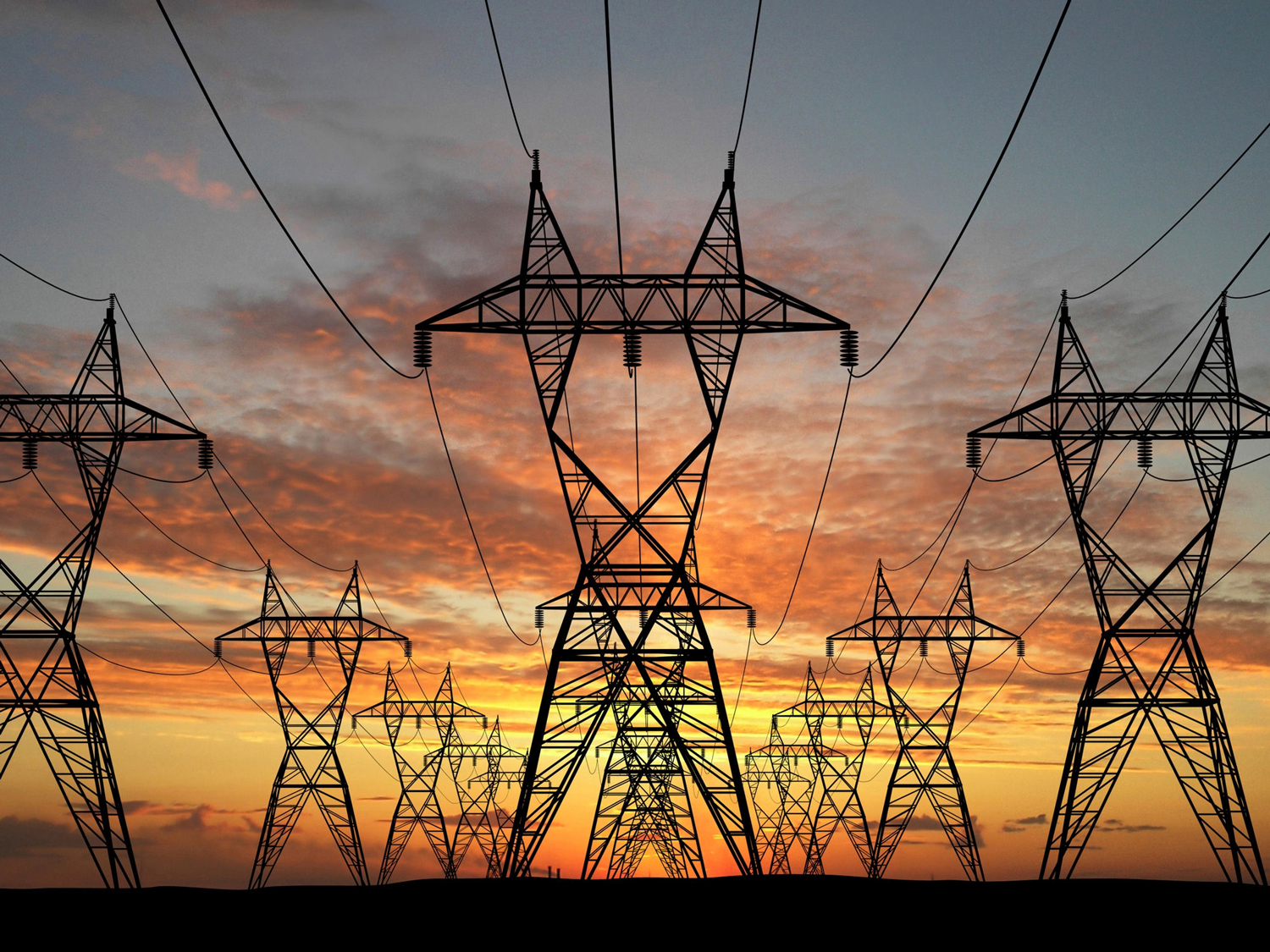

Muscat: The government will lift the subsidy on water and electricity in a planned manner over a span of five years, from next January 2021 till 2025.
Besides investments in infrastructure, the government has continued support to all consumers over the past decades by subsidizing tariffs at a large percentage. As a result, average account consumption has increased significantly for all subscribers.
Currently, the subsidy on electricity and water is provided to all the consumers in the Sultanate regardless of their standard of living. The subsidy includes non-residential categories such as industrial, governmental, agricultural, and others.
This led to an annual increase in subsidies, as it increased from RO 650 million in 2016 to RO 750 million in 2020, thus constituting five percent of the state’s general budget and about 20 percent of the expected deficit during this year. If the government does not take any steps on the subsidy, it is expected to reach RO 900 million in 2025.
As per a statement from the Ministry of Finance, this is one of the ambitious initiatives of the medium-term fiscal balance plan (2021-2025) to enhance the efficiency and sustainability of the two sectors, raising the efficiency of government spending, establishing financial sustainability rules, and linking it to the social protection system keeping in mind to support the entitled families.
Dr. Muhammad bin Hamad al Rumhi, Chairman of the Board of Directors of the Authority for Public Services Regulation, issued on Sunday
decisions related to the Cost Reflective Tariff (CRT), the approved tariff regulation for electricity connection and supply, and amendment of some provisions of the tariff for the supply of drinking water.
The new tariff structure includes three categories: Large consumers’ category, which includes all subscribers of all categories (except for the residential category) who consume 100-megawatt hours per year or more. The CRT will be applied to all subscribers in this category.
The second category is for non-residential consumption where all the subscribers (categories (industrial, commercial, government, and tourism) have been merged to form a single tariff.
Herein, the winter tariff becomes 21 bz per kilowatt and the summer tariff becomes 29 bz. The tariff for agricultural and fisheries
activities, which will continue to be applied as a special tariff for these two sectors, was amended so that it would be 12 bz for consumption from (0- 3000), 16 bz for consumption from (3001-6000) kilowatt, and 24 bz for consumption over 6,000-kilowatt-hours.
There is also a category for residential consumption where its tariff has been divided into the citizen's account tariff, the resident's account tariff, and the additional accounts tariff.
The citizen account tariff will be applied to accounts registered in the names of citizens, not exceeding two accounts for each citizen. 15 bz were specified for consumption from (0-200) kilowatt, 20 bz for consumption from (2001-4000), and 30 bz for consumption exceeding 4000 kilowatts.
Tariffs of resident accounts and additional accounts will be applied to accounts registered in the names of residents and additional accounts exceeding two accounts per citizen.
An amount of 20 bz was specified for consumption from (0-500) kilowatt, 25 bz for consumption from (501-1500), and 30 baisa for consumption that excess 1500 kilowatts.
As for water, the new tariff structure includes the category of non-residential consumption which includes all non-residential uses. It has been decided that 4.5 bz is identified per gallon and 990 bz per cubic meter.
The second category is residential consumption where tariff was divided into citizen account, resident’s account, and additional accounts. The tariff of the citizen's account will be applied to accounts registered in the names of citizens, not exceeding two accounts for
each citizen as 2.5 bz per gallon and 550 bz per cubic meter. The resident account and the additional accounts will be applied to those registered in the names of residents and additional accounts that exceed two accounts per citizen.
They are identified to be 3 bz per gallon and 660 bz per cubic meter. As for the mechanism for providing support to those who are eligible in the National Subsidy System, it will be through direct subsidies, which represents 33 percent of the value of the bill and reaches a limited consumption ceiling (4,000-kilowatt-hours / month) for electricity. The same mechanism will be applied to water in the coming stages.
The categories covered by the subsidy include the following: If the monthly family income is less than RO 500, regardless of the number of family members. If the family income is RO 750 or less and the number of family members is five or more, if the income is RO 1, 000 or less and the number of members is seven or more, if the income is RO 1250 and the number of members is nine or more. But if the income is more than 1250, the family is not covered by the support, regardless of the number of family members.
It is worth mentioning that the electricity and water sectors witnessed remarkable growth over the past decades. It led to an increase in the volume of investment in both sectors to more than RO 8 billion between 2005 and 2019.
Electricity accounts witnessed an increase of 141 percent, while the amount of supply increased by 253 percent. As for water, the accounts witnessed an increase of more than 187 percent, while the total water distributed jumped to over 180 percent from 2010 to 2019.
Oman Observer is now on the WhatsApp channel. Click here



